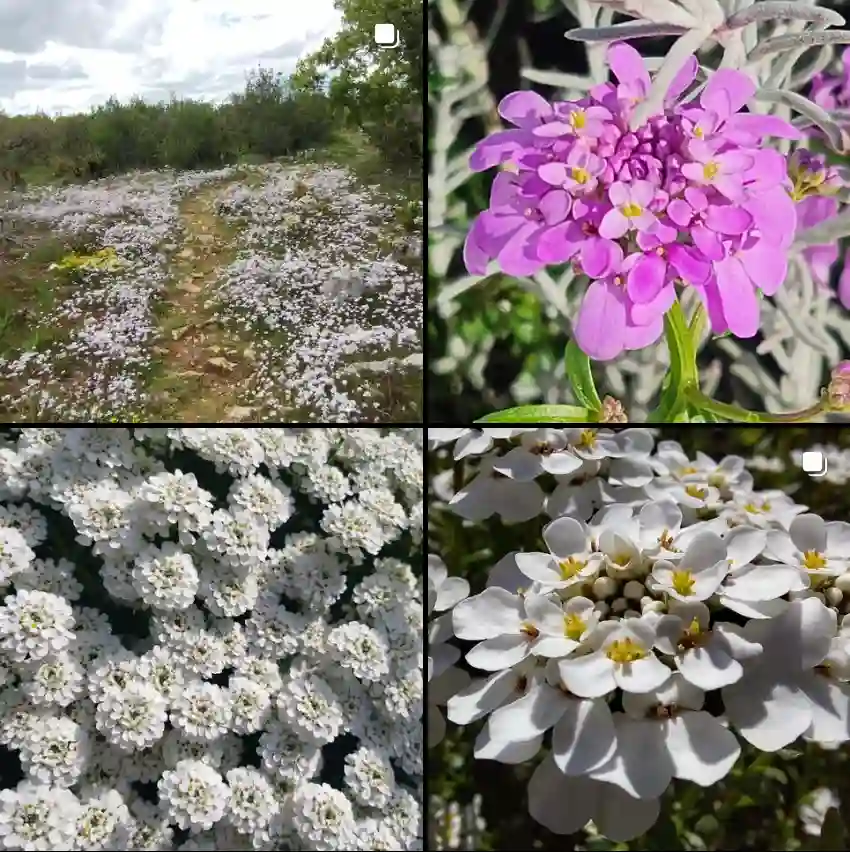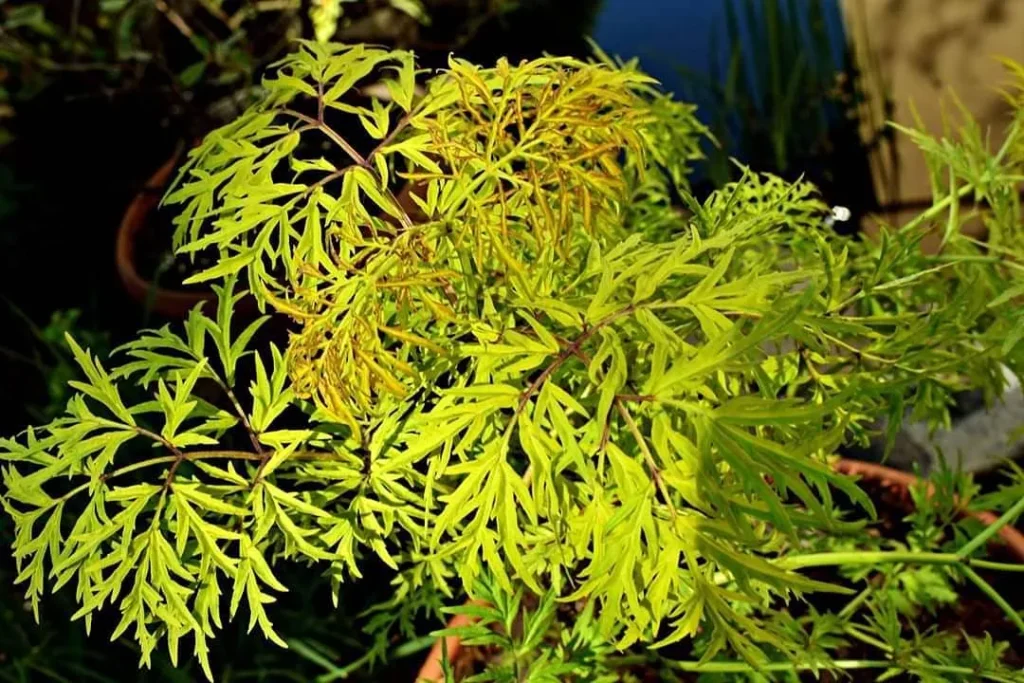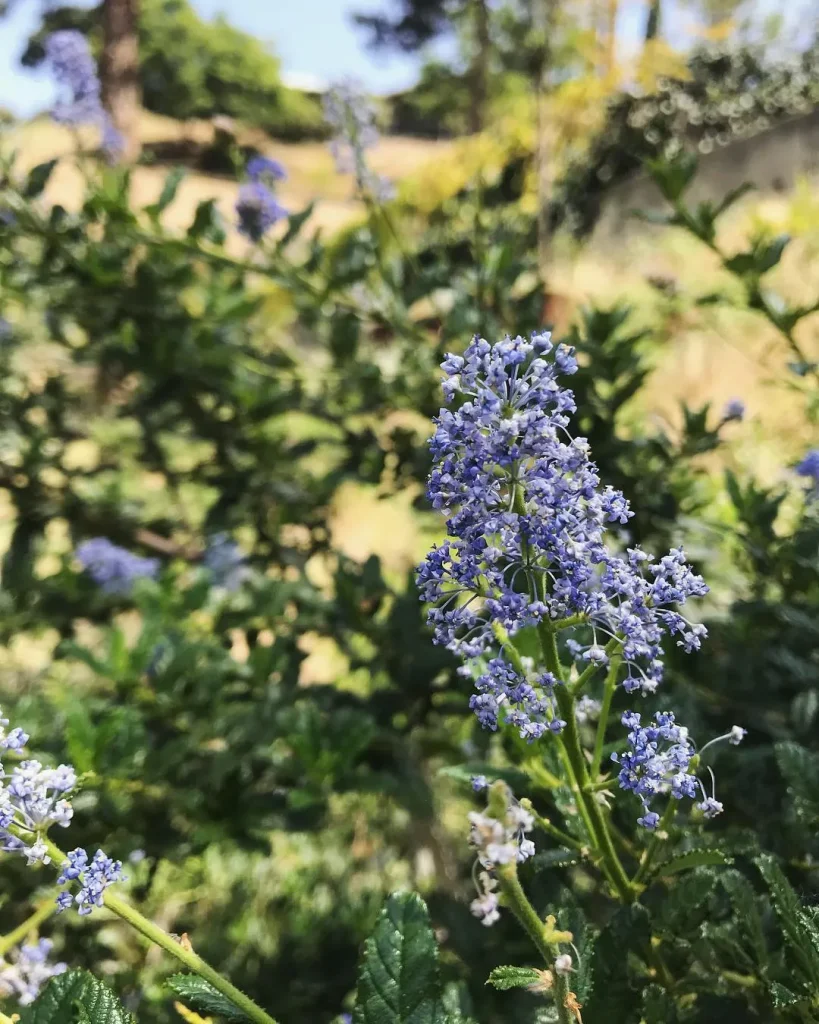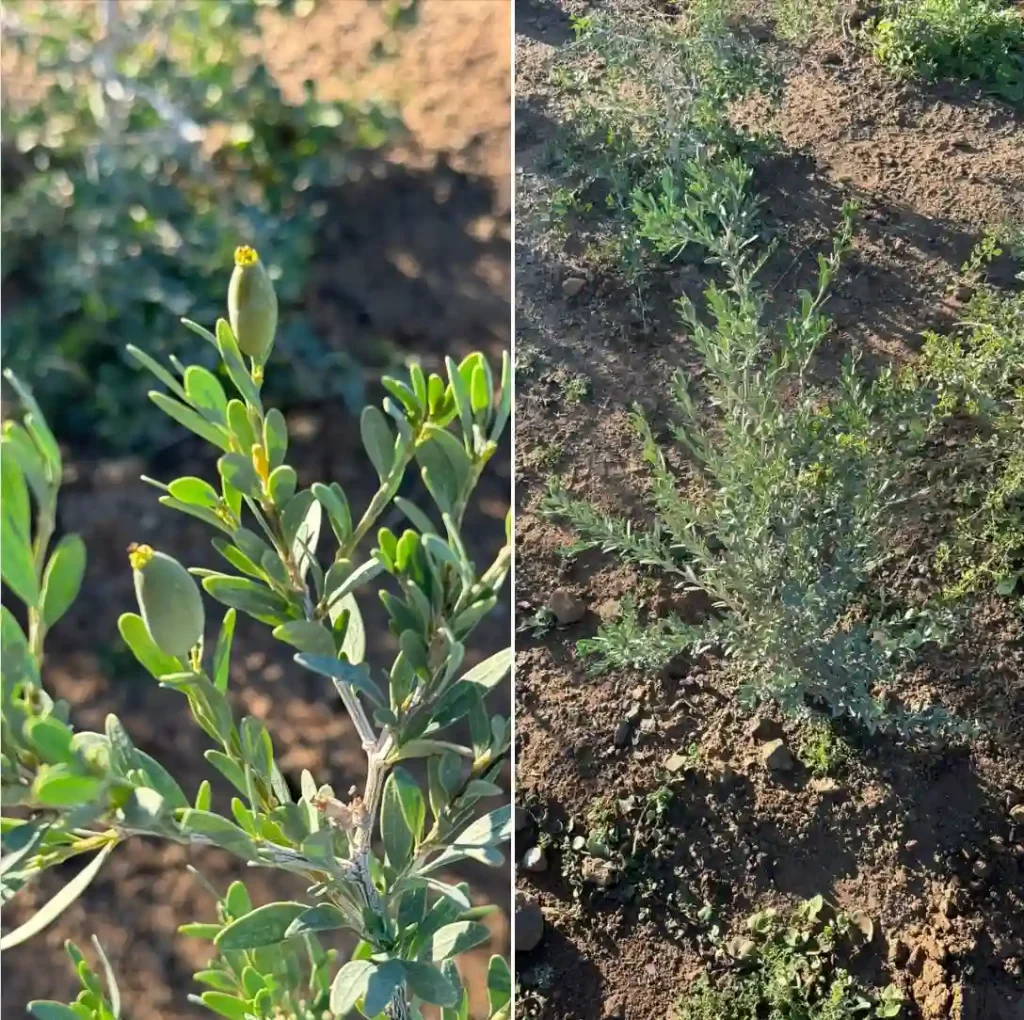
June 30 – Chamaecyparis
"Chamaecyparis, the false cypress, represents June 30."
Chamaecyparis symbolizes serenity and strength. You are calm and grounded, offering stability to those around you. Like this tree, your presence brings peace and balance.
Chamaecyparis: A Conifer for All Seasons
My name is Ferb Vu, and I’ve always been drawn to the Chamaecyparis genus of conifers. These elegant trees, with their graceful forms and feathery foliage, bring a touch of the wild into any garden setting. Native to both East Asia and North America, Chamaecyparis offer a diverse range of shapes, sizes, and colors, making them a versatile choice for landscapers and garden enthusiasts alike.
Understanding Chamaecyparis
Chamaecyparis, often referred to as “false cypress,” belongs to the Cupressaceae family. The name originates from the Greek words “chamai,” meaning “on the ground,” and “kuparissos,” meaning “cypress.” This etymology hints at the low-growing nature of some species within this genus. However, don’t let the name fool you; while some Chamaecyparis remain compact, others can reach towering heights.
These evergreen trees are characterized by their scale-like leaves, which are arranged in flattened sprays. The foliage often exhibits a vibrant green hue, though some cultivars showcase striking gold or blue tones. When crushed, the leaves release a pleasant, resinous fragrance.
Chamaecyparis produce small, round cones that mature in the fall. These cones, though not as showy as those of some other conifers, add to the trees’ textural interest.
Species within the Chamaecyparis Genus
The Chamaecyparis genus encompasses a diverse array of species, each with its own unique characteristics:
- Chamaecyparis lawsoniana (Lawson Cypress): Native to the Pacific Northwest, this species is known for its conical shape and wide range of cultivars. Plant FAQs: Chamaecyparis Lawsoniana – Lawson Cypress – Port Orford Cedar Popular choices include ‘Ellwoodii,’ a compact, blue-green variety, and ‘Golden Wonder,’ with its bright yellow foliage. Plant FAQs: Chamaecyparis Ellwoodii
- Chamaecyparis obtusa (Hinoki Cypress): Hailing from Japan, this species features deep green foliage and a pyramidal form. Plant FAQs: Chamaecyparis Obtusa – Hinoki Cypress ‘Nana Gracilis,’ a dwarf cultivar with swirling branches, is a favorite for rock gardens. Plant FAQs: Chamaecyparis Obtusa Gracilis
- Chamaecyparis pisifera (Sawara Cypress): Another Japanese native, this species is characterized by its feathery foliage and broad, conical shape. ‘Filifera Aurea,’ with its thread-like, golden foliage, is a popular choice. Plant FAQs: Chamaecyparis Pisifera – Sawara Cypress
- Chamaecyparis thyoides (Atlantic White Cedar): This species, native to the eastern United States, is known for its slender form and fragrant foliage. It’s often used in hedges and screens. Plant FAQs: Chamaecyparis Thyoides – Atlantic White Cedar – Eastern White Cedar
- Chamaecyparis formosensis, commonly known as the Formosan cypress, is a large evergreen tree native to Taiwan and parts of China. It can reach heights of up to 50 meters and is characterized by its tall, straight trunk and conical crown. The bark is thick and fibrous, often peeling in strips, while the foliage consists of flat, scale-like leaves that are arranged in a fan-like pattern. This species thrives in moist, mountainous regions, often found in mixed forests or near freshwater sources. Formosan cypress is valued for its durability and resistance to decay, making it a popular choice for timber and ornamental purposes. Additionally, it plays a crucial role in local ecosystems, providing habitat and food for various wildlife species.
Cultivating Chamaecyparis
Chamaecyparis generally thrive in well-drained soil and full sun to partial shade. They are adaptable to various climates but prefer cool, humid conditions. Regular watering is essential, especially during dry spells.
These trees are relatively low-maintenance, requiring minimal pruning. However, shaping can be done to maintain their desired form or to remove any dead or diseased branches.
The Allure of Chamaecyparis
For me, the appeal of Chamaecyparis lies in their timeless elegance and versatility. They can be used as specimen trees, hedges, or even container plants. Their diverse forms and colors allow them to blend seamlessly into any garden style, from formal to informal.
Whether you’re looking to create a focal point, add privacy, or simply introduce a touch of natural beauty, Chamaecyparis offer a compelling option. Their resilience and adaptability make them a reliable choice for gardeners of all skill levels.
As I continue to explore the world of horticulture, I find myself continually drawn back to the Chamaecyparis genus. These trees possess a quiet strength and understated beauty that I find both inspiring and calming. In a world that often feels chaotic and unpredictable, the steadfast presence of Chamaecyparis offers a sense of grounding and tranquility.
If i die, water my plants!



